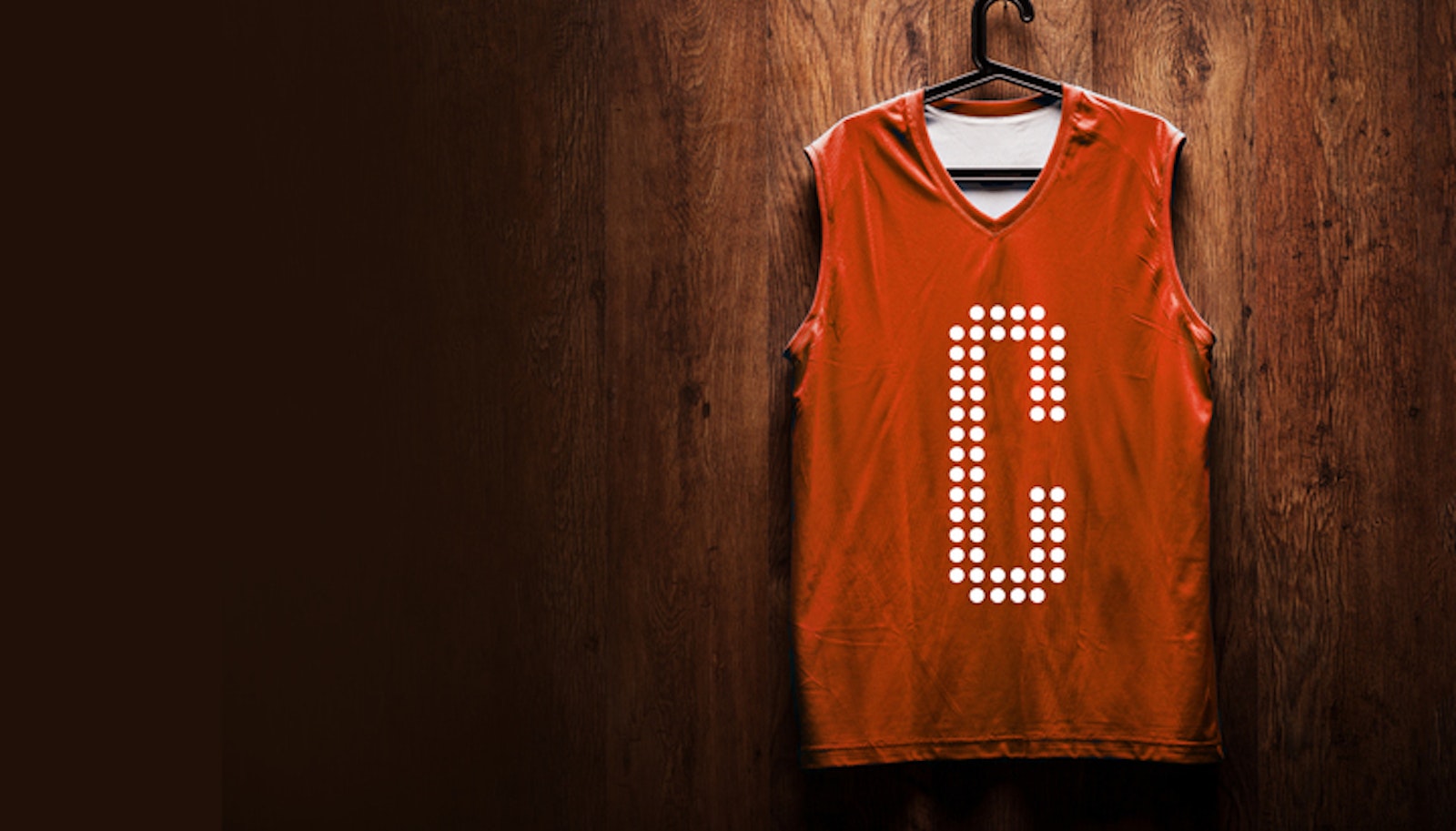Brands are Madness, March and Beyond

Examining the spirit of March Madness, and how to capture that enthusiasm and loyalty for your own brand.
Originally written and published for Twin Cities Business Magazine.
The oracle of comedy, Jerry Seinfeld, pointed out an interesting fact about the fanatical fans of sports teams. Imagine all of the players on the Gophers basketball team abruptly switch their allegiance and decide to go play for the Badgers and vice versa. The outcome from this thought experiment is the discovery that we (as fans) follow the jersey not the player. Yup, you’re a fan of a jersey. Gopher fans might face a smidge of disappointment, no disrespect to the team just over the border.
People are traded, the brand remains the same. We are loyal to where the brand manifests (the uniform).
So are we all fans of the Gopher jersey? Whomever is wearing it? Or is it the school we’re loyal to? To a degree it’s all of these, but there are plenty of fans of college teams that didn’t attend the institution. Just ask the Notre Dame Fighting Irish subway fans (the mass of fans who never attended Notre Dame). So really, it comes down to a logo, colors or jersey; this is what we’re loyal to when it comes to teams.
What does this mean and why does it matter?
There are some interesting similarities to other industries where the product is inconsistent but the brand still commands loyalty. Take wine for example, the liquid inside the bottle changes every year based on a variety of factors. So, the vast majority of the population doesn’t retain long term loyalty to a brand of wine.
Instead, our loyalty manifests in the brand of grape (Pinot Grigio, Chardonnay, etc). You can see this behavior when someone brings a bottle of Yellowtail to your Final Four party – they’ll quite nearly be shunned for it. Yet, just a few years ago, this was the brand. But, over that same span of years, ask yourself if your preferred grape has changed. Likely, it has not changed. So, you’re loyal to a grape versus a label.
Back to the Maroon and Gold, at a minimum your loyalty means $2.4 million in sponsorship for our Minnesota team. It also means $9 million, yes three times more, in sponsorship for Plucky The Badger (insult intended). So, it must have some economic meaning sewn into those red and white jerseys. And certainly, plenty of emotional engagement with any team on a competitive field of play.
Let’s get back to the brand you manage and apply some learnings. This doesn’t mean you should call up the marketing department and order logo shirts and caps for the entire staff. It does mean you should make sure you understand where loyalty manifests for your brand. This may be in your colors, the phrases you use, architectural style, iconography, cultural behaviors, visual style, and yes, even wardrobe.
What can you do tomorrow with this knowledge?
Spend some time reflecting on what customers, clients, consumers or audiences find valuable. You can ask them or you can perform experiments by taking things away (visible parts of your brand) and measuring their responses. When you know more, you can do more with the marketing resources available. And perhaps more important, you can confidently deliver a more consistent message and earn future customer loyalty.
Enjoy the Final Four and buy a Gopher jersey to wear around town when the Final Four teams are here, (my bracket bets on Virginia, Kentucky, Michigan, and Duke) walking around town.
If you’re looking for great wealth, there are plenty of easier ways to achieve it. If you’re looking for praise and accolades, try an obscure sport and work hard to achieve an elite status. If you’re looking for status and have the grades, look to professorship and academic excellence. If you’re looking to make a big impact on society, then entrepreneurship is the addiction you should succumb to as soon as you can.


